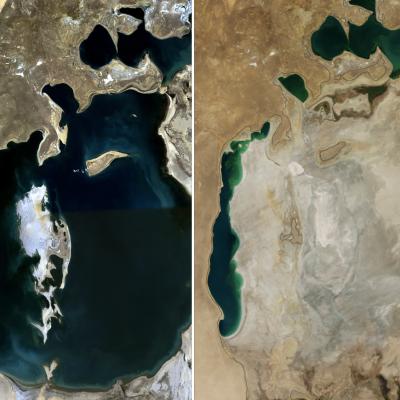New Study: Social And Ecological Impacts From Freshwater Stress, Storage Loss
Vulnerable Basins Encompass 1.5 Billion People
27 Jan 2022 by The Water Diplomat
VICTORIA, Canada
Recently published research examines potential social and ecological impacts from freshwater stress and storage loss, identifies hotspot basins which require prioritisation, and offers accepted management methods as solutions.
The article titled ‘Hotspots for social and ecological impacts from freshwater stress and storage loss’ contains data from 12 geospatial datasets and one basin scheme. The research team includes experts from Canada, Finland, Austria, and the United States.
The research findings suggest that freshwater storage loss is linked to increased drought frequency and hotspot basins are required to address depleting water resources to meet domestic, industrial, and agricultural demands.
With wells at risk of drying up and water tables dropping, there is a potential for access inequalities to widen as only the wealthy may be able to afford to drill deeper wells. This inequality could increase the risk of water-related conflict.
Data from the research paper reveals that the most vulnerable water basins “encompass over 1.5 billion people, 17% of global food crop production, 13% of global gross domestic product, and hundreds of significant wetlands”.
To address freshwater stress and storage loss, the article identifies hydro-diplomacy, social adaptive capacity building, and integrated water resources management practices as effective solutions.
Related Topics
Cabo Delgado: Water Shortage Adds Stress To Conflict In Mozambique Province
25 Oct 2021 PEMBA, Mozambique
Lack of access to safe water, worsened by massive population displacements, has led to an increase in cases of cholera and diarrhoea.

6 Sep 2021 Almaty, Kazakhstan
The water resources available to the 5 republics of Central Asia are below the stress threshold of 1,700 m3 per person per year and risk falling further towards scarcity by 2050 if...
